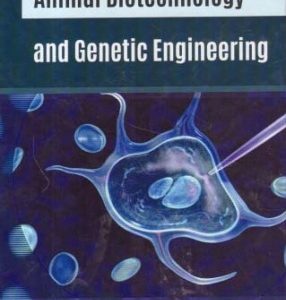
Agri Horti Press

56 books

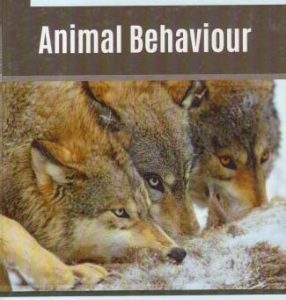
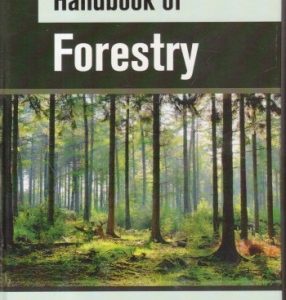

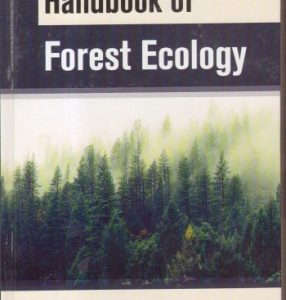
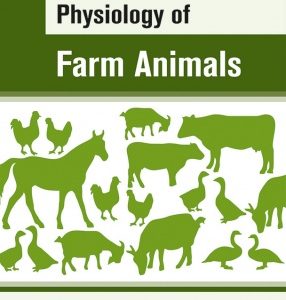
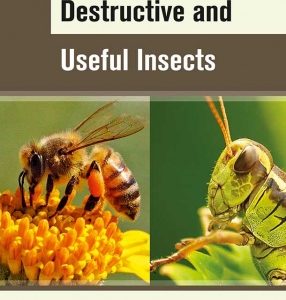

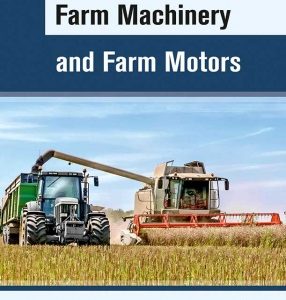
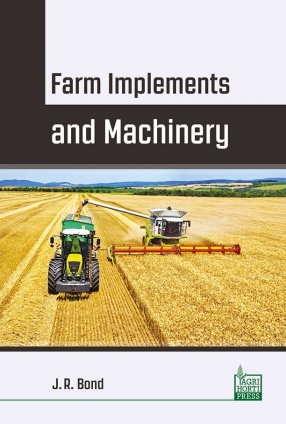

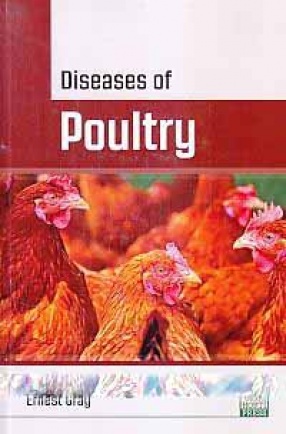
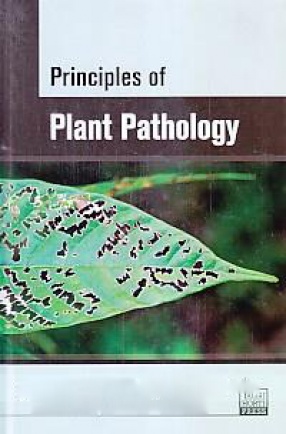
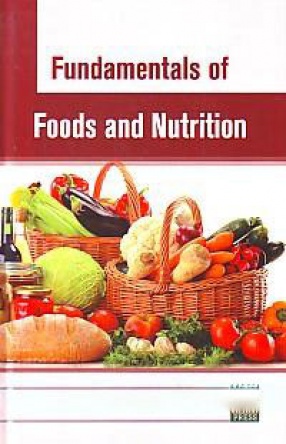
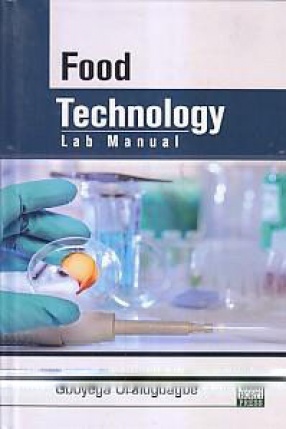
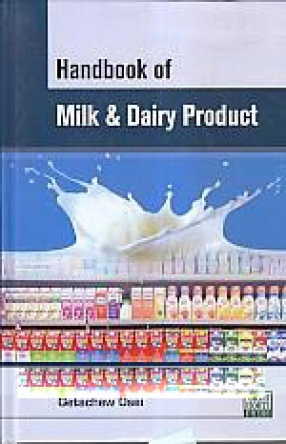
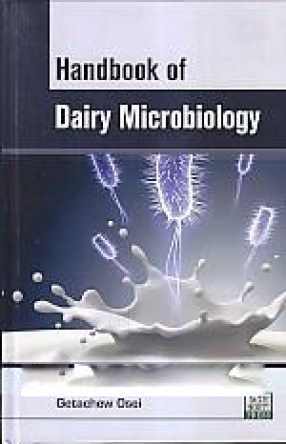
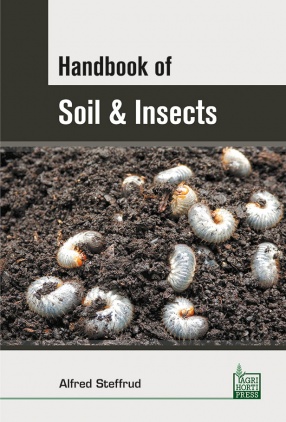


Animal biotechnology includes any use of science or technology to alter the characteristics of a particular breed or animal. Genetic engineering is the manipulation of genetic material, that is DNA and RNA with the objective of bringing about desired change or innovation. In the present book, effort have made to incorporate the information on animal biotechnology, animal cell and tissue culture, biotechnology and animal cloning in genetic engineering. The book is ...

Animal behaviour is the scientific study of everything animals do, whether the animals are single-celled organisms, invertebrates, fish, amphibians, reptiles, birds, or mammals. It involves investigating the relationship of animals to their physical environment as well as to other organisms, and includes such topics as how animals find and defend resources, avoid predators, choose mates and reproduce, and care for their young. This book provides a broad overview ...

Under the changed forest scenario the “Handbook of Forestry” had been planned to cover the different topics of forest and forestry, which comprise eight chapters viz. introduction, the structure of forests, the development of forestry, diminishing forest area, forest conservation and protection, forest policy and environmental management, forest resources, forest products and industry.
Contents: Preface. 1. Introduction. 2. The structure of forests. ...

Agricultural chemistry must be considered within the context of the soil ecosystem in which living and non living components interact in complicated cycles that are critical to all living things. The present book contains nine chapters which include introduction, environment of soil chemistry, chemical composition of the soil organic constituents of soil, constituents of soil chemistry, agricultural management in soil chemistry, soil genesis, soil landscape ...

Forests are ecosystem in which the major ecological characteristics reflects the dominance of ecosystem conditions and processes by trees. The key functional aspects of forest ecosystem are energy capture and biomass creation, nutrient cycling and the regulation of atmospheric and water chemistry, and important contributions to the regulation of the water cycle. The present book comprises of seven chapters, which covers the introduction, forest composition and ...

The present book “Physiology of Farm Animals’ has been divided into twenty five chapters, which provides basic principles of physiology in a simple and easy language. It also describes the essential concepts of animal physiology and related biochemistry. The book will certainly satisfy the needs of students, teachers, researchers of animal husbandry, biology, home science and animal science.
Contents: Preface. 1. Introduction. 2. Histology. 3. The ...

Insects are small creatures that are unavoidable by humans and others animals. Their impacts in the universe are so numerous that they cannot be exhausted. This immense book is a complete source of valuable information on insects. The first ten chapters describe the fundamentals of technical entomology and the later chapters of the book are devoted to an analysis of the more important insect pest of the major crops.
It is hoped that the book will be highly useful ...

The book entitled “Plant Diseaes: Fruits and Nuts” includes 35 chapters contributed by eminent researchers in their respective fields. Efforts have been to incorporate information on diseases of apples, pears, peach, stone fruits, citrus, grapevines, grapes, strawberry, blueberries, cranberries, pecans, walnuts, apricot and almond.
Contents: Preface. 1. Scab of apples/G.W. Keitt. 2. Blotch of apples/John C. Dunegan. 3. Bitter rot of apples/John C. ...
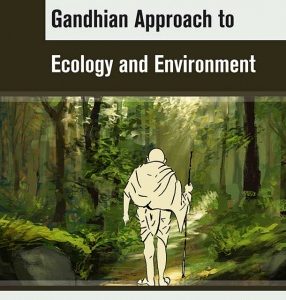
Contents: Preface. 1. Gandhism: an introduction. 2. Ecology: an overview. 3. Important environmental issues. 4. Ecological crisis and environmental movements. 5. Gandhi as a human ecologist. 6. Environmental philosophy of Gandhi. 7. Ecological dimensions of Gandhian thinking. 8. Gandhi and deep ecology. 9. Environmental crisis and relevance of Gandhi. 10. Environmentalism and development: a comparison between Gandhian and Nehruvian models. 11. Gandhian ...


Farm Implements and Machinery is an essential input in agriculture for timely field operations for increasing production and productivity of land. It is used for different type of machinery like tillage, planting, plant protection, harvesting and threshing machinery and irrigation equipment, threshers, sellers, cleaners, graders etc. The better and fuller use of machinery offers an excellent prospects of improvement in this direction. The main concept of this ...
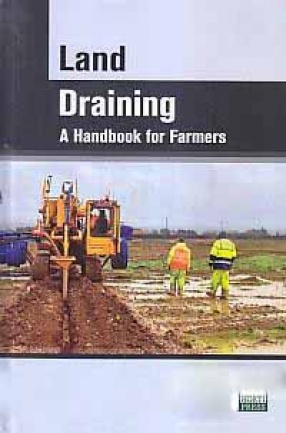
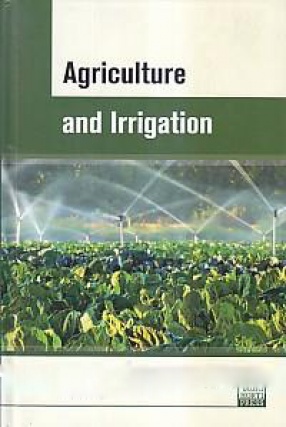
Water is an essential input for agriculture. Most of the activity growing plants may contain almost 90 percent of water. Less than one percent of the total water used by the plant is needed for its metabolic activities. The present book consists of 18 chapters. The chapter I-III deal with soil, fertilizers, and irrigation. Chapter V-VII have been dedicated to dry farming and economics, pastures, natural and artificial, notes on forests, cattle, pigs and carobs ...

In the present book ‘Land Drainage’ the subject has been developed largely as a matter of applied soil physics. Drainage is considered herein as a means of reclaiming additional areas and making of wet lands more productive. Reclamation of arid and wet lands affords the chief means of increasing our food producing areas and drawing a greater proportion of our population into the rural areas. The whole subject matter has been divided into 24 chapters ...




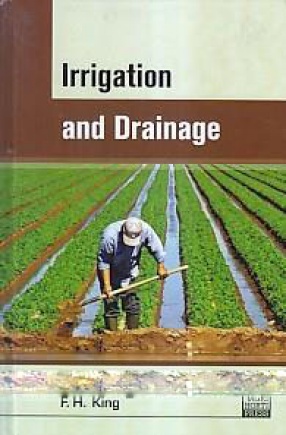




Soil is an integral part of land wealth. It has a great importance in day-to-day human life. Agriculture products depend on fertility of soil. Insects continue to exist in all types of environment and inhabit more than two thirds of the identified species of animals in the planet earth. Insects can produce silk, honey, wax and lac that man has not been able to make as yet. Insects are the pollinators of our grain crops, fruits, vegetables, cotton and flowers. ...

The present book is written to acquaint the readers to various functional areas of food science and technology. Greater emphasis is focused on nutritional aspects of cereals and cereal products, pulses, nuts and oilseeds, milk and meat products, egg, sea food, spices, vegetable and fruits, sugar and related products. It also covers food quality and preservation, food adulteration, food microbiology and food packaging. Language of the book is simple, presentation ...
